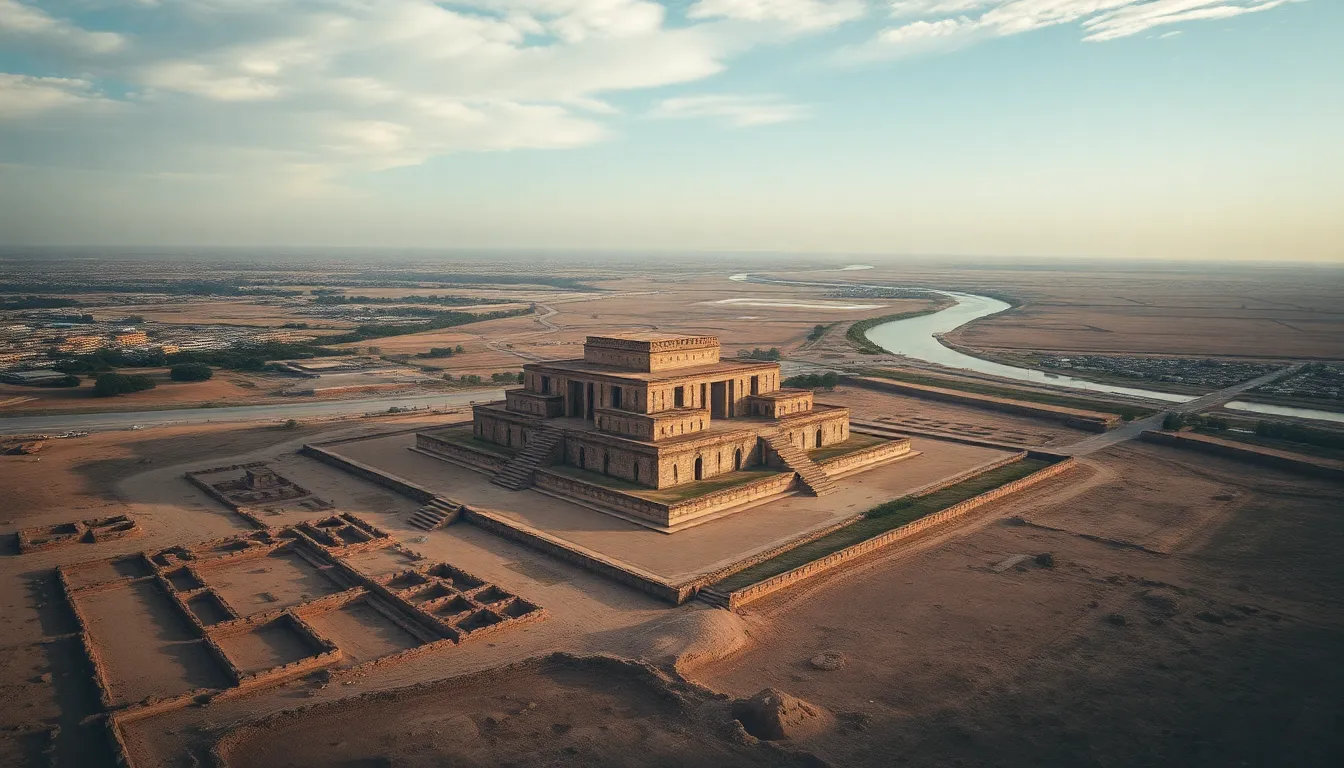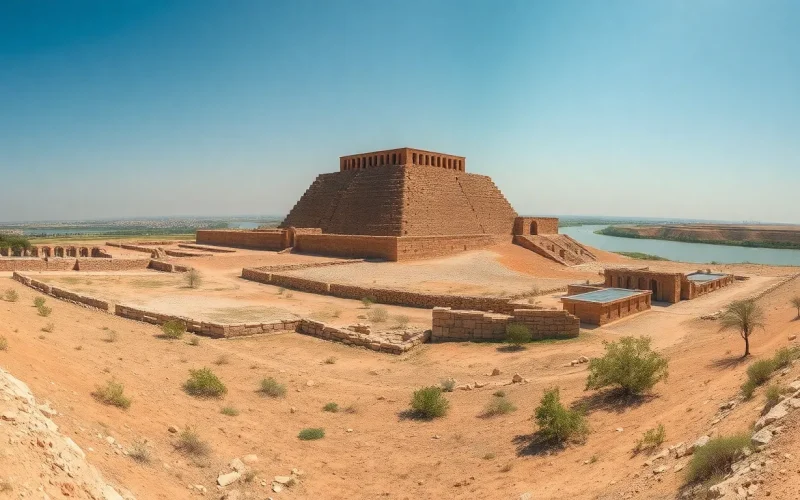Table of Contents
ToggleOnce upon a time, in a land of towering ziggurats and ancient wonders, Babylon ruled the world. Fast forward to today, and this legendary city has traded its grand walls for a modern name. Curious about what Babylon is called now? Spoiler alert: it’s not “The Place Where Everyone Wore Cool Hats.”
Historical Background of Babylon
Babylon’s rich history spans thousands of years, illustrating its role as one of humanity’s first great civilizations. From its remarkable architecture to its influential rulers, Babylon’s legacy continues to captivate.
The Rise and Fall of Babylon
Babylon emerged as a prominent city around 1894 BC, becoming the heart of Mesopotamia. It thrived under the rule of Hammurabi, who established one of the earliest known legal codes. The city reached its zenith during the Neo-Babylonian Empire, particularly under Nebuchadnezzar II. He transformed Babylon into a cultural hub, marked by grandeur like the Hanging Gardens. Despite its brilliance, constant invasions led to its decline. The Persians, led by Cyrus the Great, conquered Babylon in 539 BC, marking the end of its independence. Subsequent empires, including the Greeks and Romans, further diminished its prominence. Ultimately, Babylon vanished as a major city, reduced to ruins over centuries.
Key Historical Figures
Hammurabi stands out as a pivotal king, known for his contributions to law and governance. Nebuchadnezzar II followed, recognized for his ambitious building projects and military conquests. He expanded Babylon’s borders and made it a center of trade and arts. Another notable figure, Nabonidus, introduced religious reforms and attempted to restore traditional practices. His reign marked the end of the Neo-Babylonian Empire, leading to Persian domination. Cyrus the Great, although not from Babylon, played a crucial role in its history by liberating the Jews and integrating Babylon into his vast empire. Each of these figures shaped Babylon’s identity, leaving an enduring imprint on history.
Modern-Day Location of Babylon

Babylon’s ancient ruins lie in present-day Iraq, close to the city of Hillah. These remnants reflect the rich history and cultural significance of the once-mighty empire.
Geographical Context
Located near the Euphrates River, Babylon’s proximity to water sources played a crucial role in its development. An arid climate surrounds the area, yet the river sustained agriculture and trade. The site of Babylon features notable landmarks, including the historic ziggurat, which continues to draw attention from historians and archaeologists alike. Modern infrastructure now encircles these ancient remnants, blending past and present in a geographically rich tapestry.
Current Nation and City
Iraq currently houses the remnants of Babylon, situated approximately 85 kilometers south of Baghdad. Hillah, a nearby city, serves as a central point for visitors exploring the archaeological site. Significant archaeological efforts focus on preserving what remains of this ancient wonder. The nation values its heritage, emphasizing Babylon’s importance as a UNESCO World Heritage Site. While the city no longer thrives as it once did, its historical essence remains prominent in Iraq’s identity.
Cultural Significance of Babylon Today
Babylon holds immense cultural significance as a symbol of human achievement and civilization. It represents the rich heritage of ancient Mesopotamia, inspiring ongoing interest in its archaeological wonders.
Heritage and Archaeological Sites
The remnants of Babylon are located near modern Hillah, Iraq. These archaeological sites include the famed Ishtar Gate and the impressive ziggurat, which showcase the city’s architectural innovation. Preservation efforts are crucial, as Iraq recognizes Babylon as a UNESCO World Heritage Site. Scholars and tourists alike visit these landmarks to study their historical context, providing insights into ancient life. Excavations continue to reveal artifacts that deepen understanding of Babylonian culture, contributing to the city’s legacy.
Influence on Modern Culture
Contemporary references to Babylon abound in literature, art, and film. The city symbolizes grandeur and complexity, inspiring various creative expressions. Its legal innovations influenced modern jurisprudence, particularly Hammurabi’s code, which remains a foundational legal document. Additionally, the concept of the “Babylonian” style finds its way into architecture and design, reflecting the city’s lasting aesthetic impact. The idea of Babylon also appears in discussions about urbanism and civilization, illustrating its enduring relevance in global culture.
Terminology and Naming Conventions
Babylon is referred to as Babil today, reflecting its historical roots. Located in modern-day Iraq, the ancient site near Hillah still showcases its storied past. The remnants of Babylonia speak to its cultural prominence in the region.
What Is Babylon Called Today?
Current scholars and historians often call Babylon “Babil.” This name preserves its legacy and connects the ancient city to the present. In Iraqi Arabic, Babil represents both the archaeological site and the surrounding area. Understanding this term clarifies cultural discussions, as it encapsulates the historical and geographical significance of the ancient city.
Variations in Different Languages
Babylon’s name varies across languages, highlighting its global impact. In Arabic, it remains Babil, while in Hebrew, it appears as Bavel. The ancient Greek referred to it as Babylon, retaining its original form. Variations in modern languages often preserve the essence of the city, fostering connections to its rich heritage. These linguistic adaptations showcase its historical importance across diverse cultures.
Babylon’s legacy continues to resonate through time, bridging ancient history with modern identity. Today, it’s known as “Babil” in Iraqi Arabic, a name that honors its rich past while connecting it to the present. The archaeological sites, including the iconic ziggurat and the Ishtar Gate, draw attention to its cultural significance and historical achievements.
Efforts to preserve these remnants reflect Iraq’s commitment to honoring its heritage. As scholars and tourists alike explore Babylon’s ruins, they not only uncover artifacts but also celebrate the enduring influence of this remarkable civilization. Babylon’s story is far from over; it remains a symbol of human achievement and a testament to the complexities of civilization.





